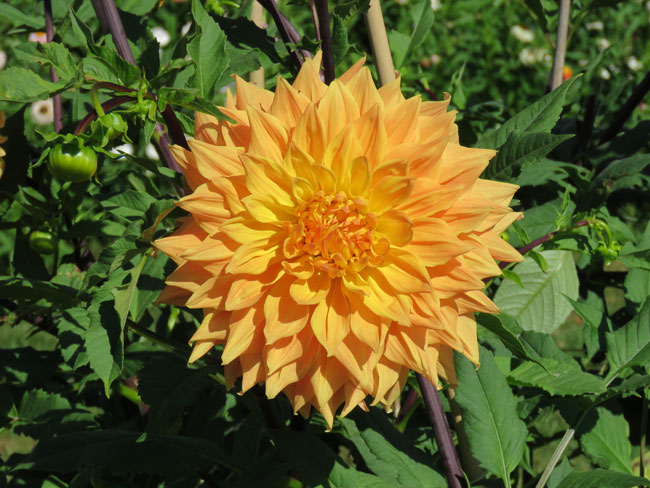
40°F, clear with periodic clouds, light wind from the north at 7 mph

For May Day weekend we decided to visit the historic water-powered Ledyard Up-Down Sawmill, which is only open on Saturdays in the spring and fall. Earth’s energy has shifted again as this hemisphere begins traveling closer to the sun in the brighter half of the year. All the mill’s windows and doors were wide open so it felt pretty safe (covid-wise) to go inside and see what the process of sawing wood was like in the late 1800s.



The finely cast and machined 19th century model is about four inches wide and has an operating gate and rotating runner.
~ Ledyard Up-Down Sawmill website




controlling water flow from the holding tank into the turbine.”

that ends with a heavy iron flywheel and crank under the saw.”

converting the rotary motion of the flywheel into
an up and down (reciprocating) motion.”
After watching the saw operating for a minute we went outside, down some huge stone steps and into the lower level to see the turbine in action.

And then we went back upstairs to see more of the sawing.

the log moves toward the saw on the upstroke.”
It was quite loud and the whole building vibrated while the saw was operating.

The sawmill has a great website for any who would like more details: Ledyard Up-Down Sawmill.
My father, when he was still alive, had visited this place after it was restored and opened to the public in 1975. He often said he wanted to take me to see it some day. Sadly, that never happened, but he was very much on my mind as we looked around and listened to the operators tell us about its history and how it worked.
After our trip back through time we decided to take a walk around Sawmill Pond and see what visual treats the brightness of spring had to offer.



And then, for me, a new life bird! I heard it singing and looked up into the nearest tree and there it was! What a nice surprise, the last sort of thing I was expecting to find on this day. 🙂

Chipping Sparrow Spizella passerina: Widespread common migratory breeder mid-April to November; rare and local in winter; in areas with short grass and trees, residential neighborhoods, parks, open upland forest.
~ Frank Gallo
(Birding in Connecticut)


Thank you, little chipping sparrow, for singing so sweetly that I couldn’t miss seeing you!












































